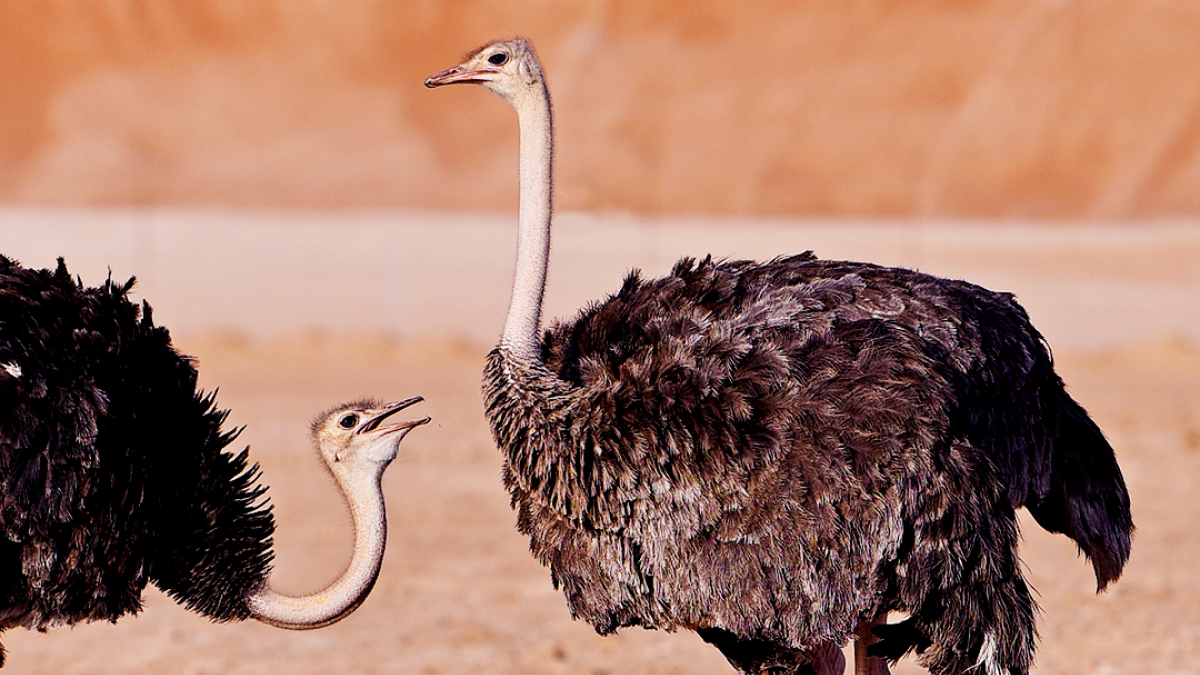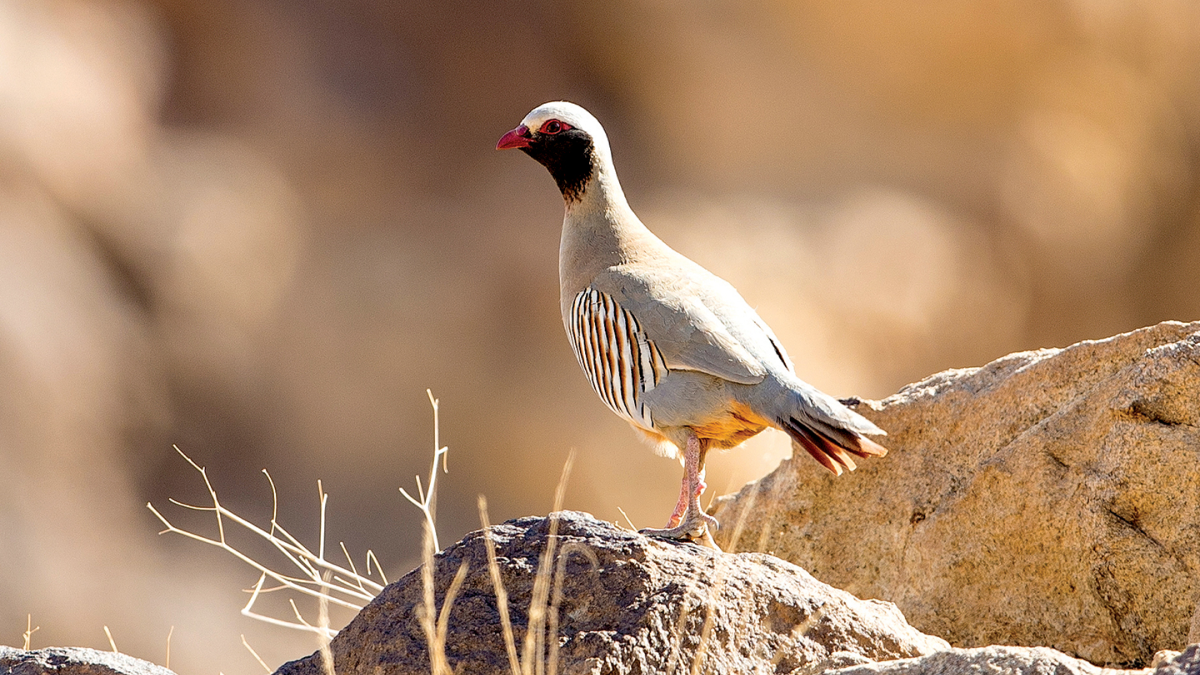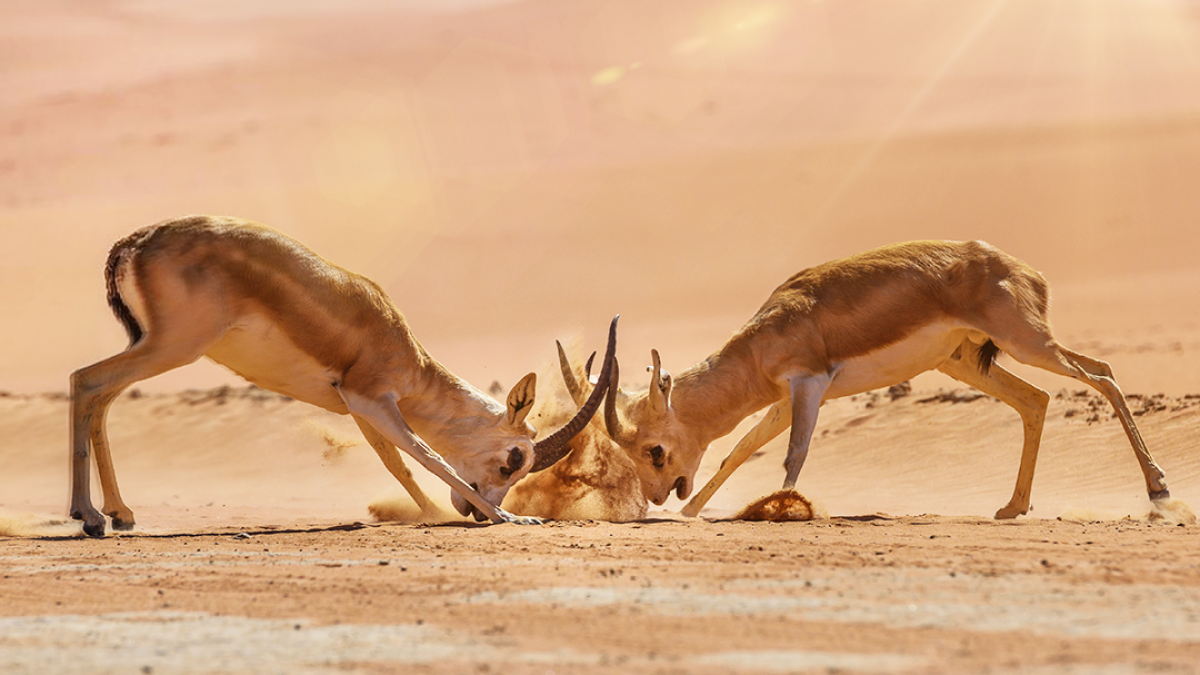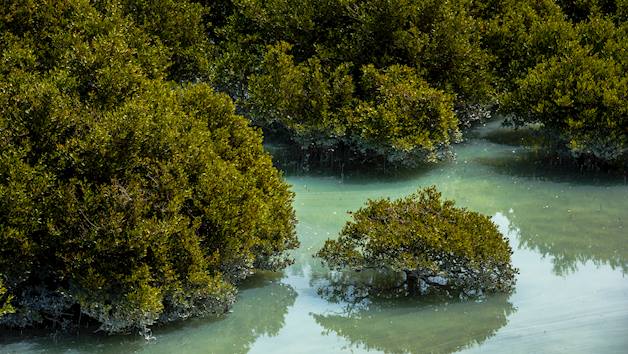Wildlife protection
Providing the world with energy and protecting the environment
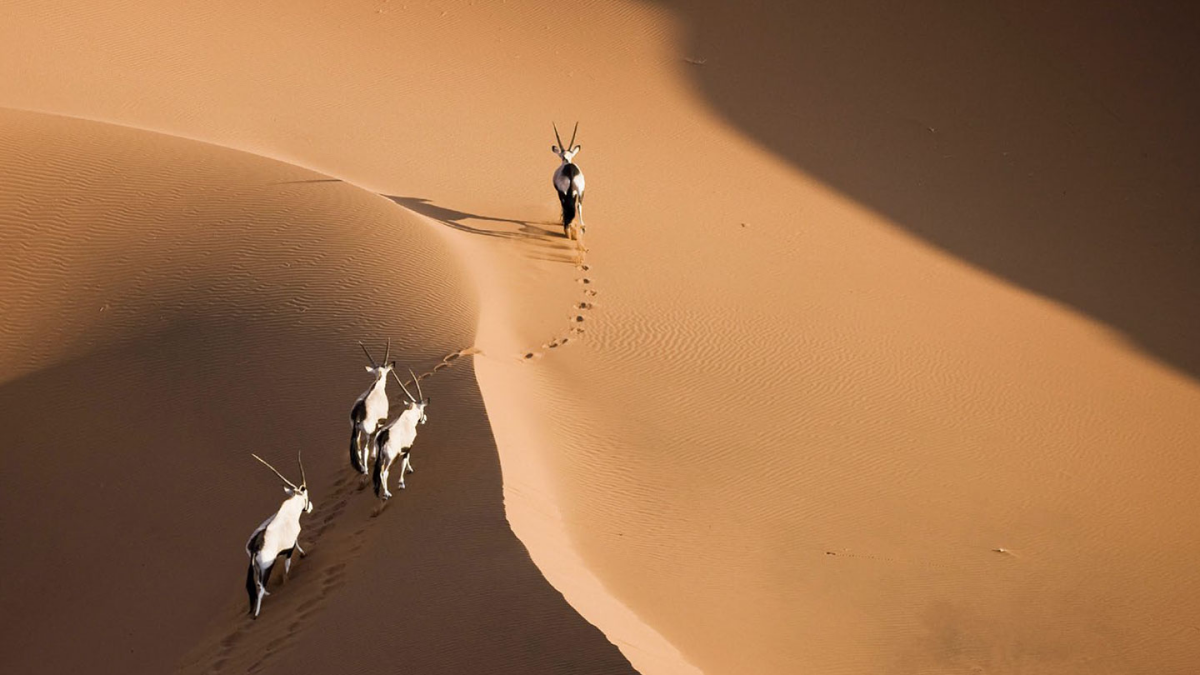
Global September 22, 2020 - By
Arabian oryx, sand gazelles, and ostriches move freely and safely on the sands of the Rubo al-Khali.
Arabian oryx, sand gazelles, and ostriches move freely and safely on the sands of the Rub al-Khali, while a few kilometers away from the coast, dhubs, which are classified as vulnerable by the International Union for Conservation of Nature, find a hideout in their new sanctuary in Tanajib.
Meanwhile, mangrove bushes grow on the coasts of the Arabian Gulf, providing a fertile environment and safe haven for shrimp, fish, and seabirds. Aramco stands behind all these vivid pictures, firm in the belief that its role is not restricted to just providing energy and chemicals upon which the world relies, but that it also carries a responsibility of protecting and preserving the environment for generations to come.
As Aramcos operations grow, so do its initiatives in the various regions of the Kingdom, each with its unique climate and environment. These programs help protect marine and wildlife and their habitats with a goal of protecting the Kingdom's environment and sustaining its resources.
our role in reducing carbon emissions.
Its efforts to find comprehensive solutions for various environment-related issues, such as tackling climate change, are all part of efforts to reduce the company's carbon dioxide (CO2) emissions. Here, the company has implemented several initiatives to achieve this goal, including the Energy Management Program launched in 2000, which resulted in improving energy efficiency across its operations. Also, our Carbon Capture, Utilization and Storage Project reduces the amount of CO2 released into the atmosphere by capturing emissions and storing them underground or converting them into useful products.
Planting mangrove trees and taking care of the seas
Aramco has launched an initiative to plant mangrove trees to restore natural habitats and sequester CO2 on the Kingdom's coastal areas. In the Eastern Province, the company is building a mangrove eco-park that, when completed, will protect more than 60 square kilometers of mangrove forest, salt marsh, and sea plant habitats — important nurseries for fish and shrimp. This park will not only protect the environment, but it will also help foster knowledge and appreciation of this fragile ecosystem.
In the same context, the company continues to implement an initiative to deploy artificial reefs in several strategic locations in the Arabian Gulf to help re-build marine ecosystems and support the local fisheries industry.
The artificial reefs will help the formation of productive natural habitats, improve the fish population, enhance biodiversity in the marine areas, and provide an environment resistant to the impacts of climate change.
A wildlife sanctuary in Shaybah, and another in the middle of mountains
One of our most important initiatives to protect the environment is the establishment of a wildlife sanctuary in Shaybah, which embodies Aramcos interest in fragile environmental areas and concern about environmental diversity in these areas. As part of this initiative, three indigenous species from the Arabian Peninsula that were once close to extinction have been returned to their original habitat. These animals now wander freely in the fenced sanctuary near Aramco facilities in the area, which is also home to scores of indigenous plants and animals. Also, in cooperation with the Saudi Wildlife Authority and Smithsonian Institution, Aramco has carried out a mission to rescue and preserve the Asir magpie, an endangered bird that exclusively lives in the Kingdom.
With the expansion of its operations throughout the Kingdom, Aramco has played an active role in meeting its environmental obligations, thereby setting an example of maintaining environment friendly hydrocarbon production sites. The initiative for protecting spiny-tailed lizards, known as dhubs, in the Tanajib area is an important environmental program. The initiative seeks to release a number of the vulnerable lizards into a sanctuary where their health condition can be monitored. Efforts are underway to develop the program. In Khurais, part of the fenced area was rehabilitated by setting up three sparkling ponds with more than 120 local tree saplings, three bird nesting towers, and two small natural rock shelters, transforming the area into another center for biodiversity.
